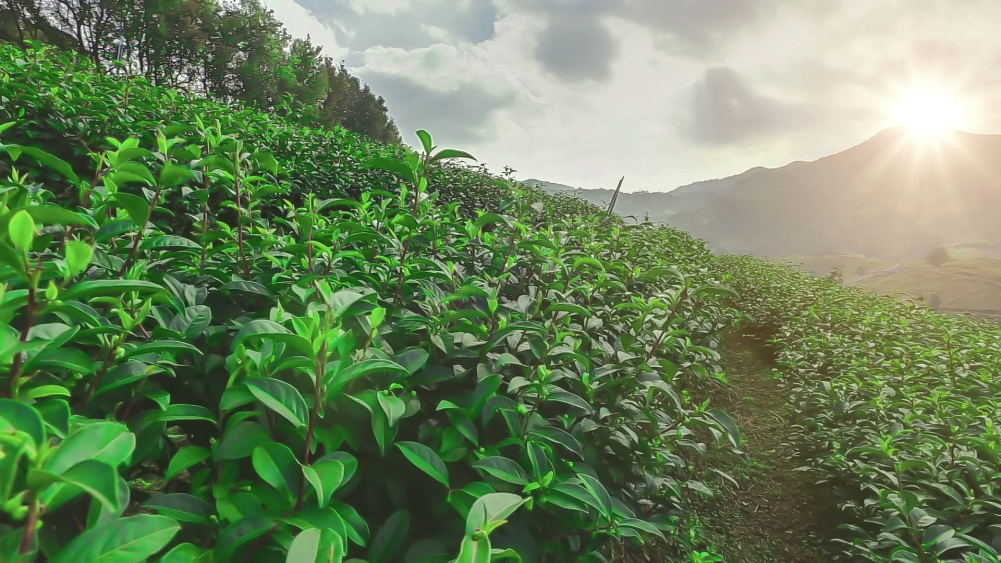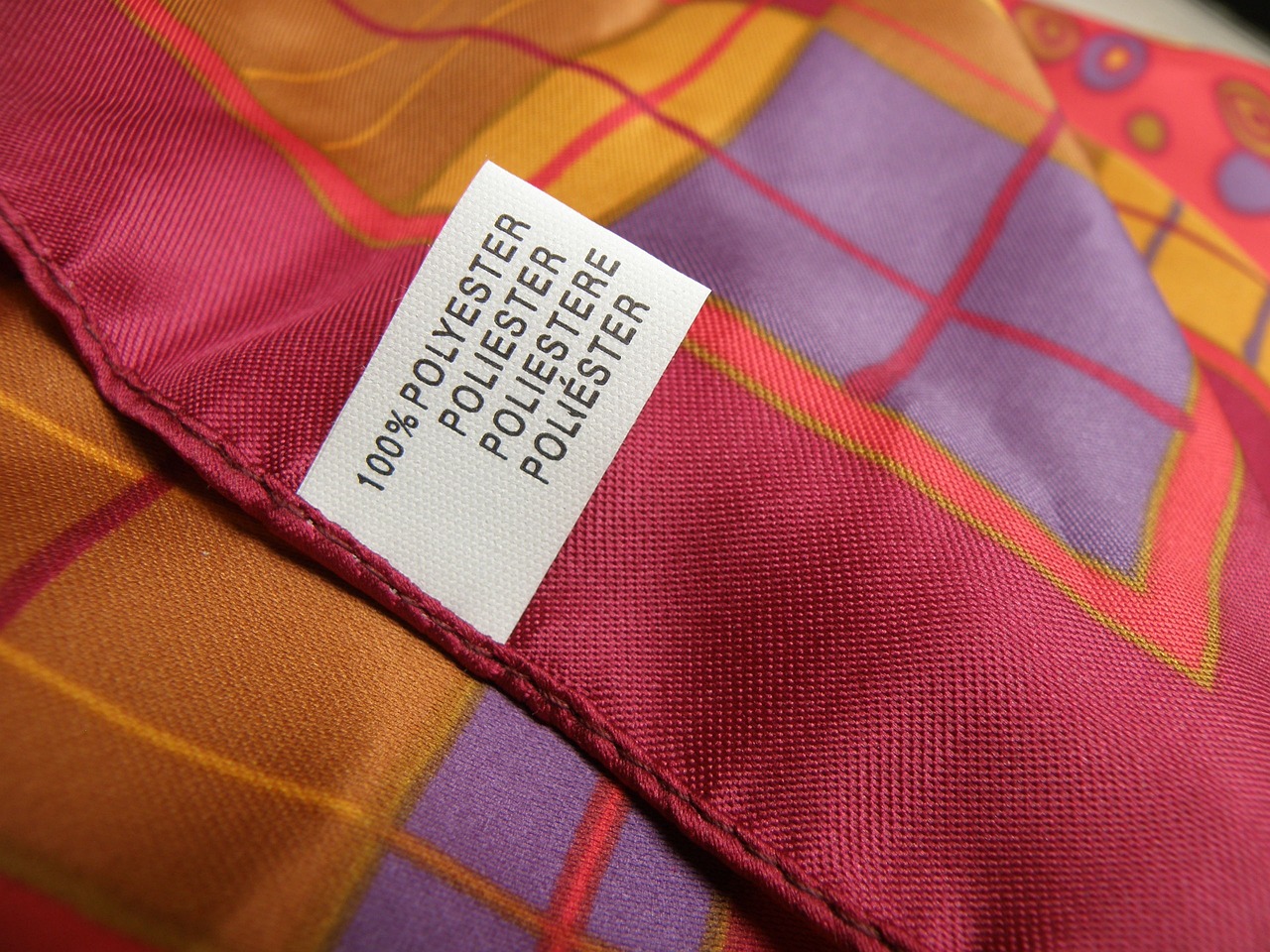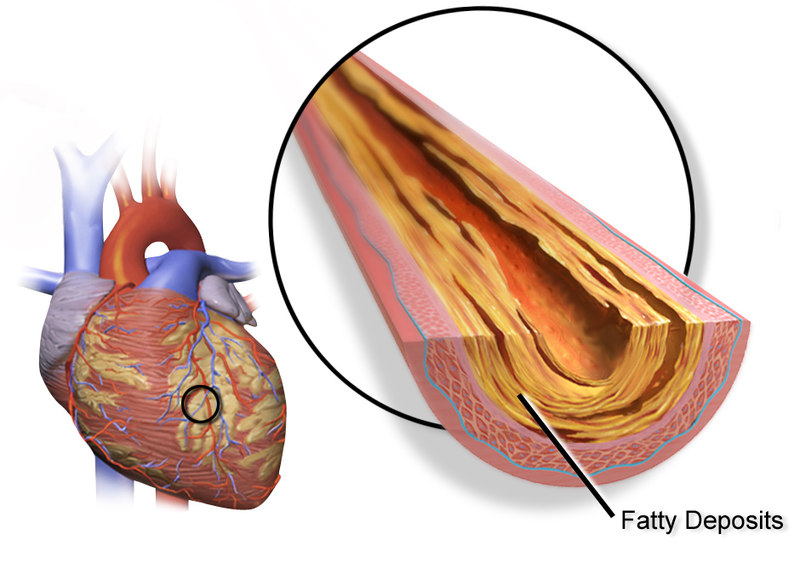Scientists from the University of Copenhagen in Denmark, led by Claus Felby, have developed a new method they call “reverse photosynthesis” that has the potential to revolutionize the production of chemicals and fuels used in industrial processes. In “Reverse Photosynthesis” May Transform Industrial Production,” appearing in Nature Communications Chemical Processing on April 8, 2016, adding chlorophyll, enzymes, and sunlight to biomass resulted in the production of new fuels.
Photosynthesis, the process by which plants use sunlight to grow by converting it to energy and oxygen, is reversed, and sunlight breaks down plant matter, rather than building it.
According to Felby, “by using sunlight as a catalyst for the enzymes that break down biomass, and adding chlorophyll, a molecule in plants that helps convert sunlight into energy, the enzymes were able to do their work 100 times faster. It has always been right beneath our noses, and yet no one has ever taken note: photosynthesis by way of the sun doesn’t just allow things to grow, the same principles can be applied to break plant matter down, allowing the release of chemical substances. In other words, direct sunlight drives chemical processes. The immense energy in solar light can be used so that processes can take place without additional energy inputs.”
The following video explains photosynthesis.







